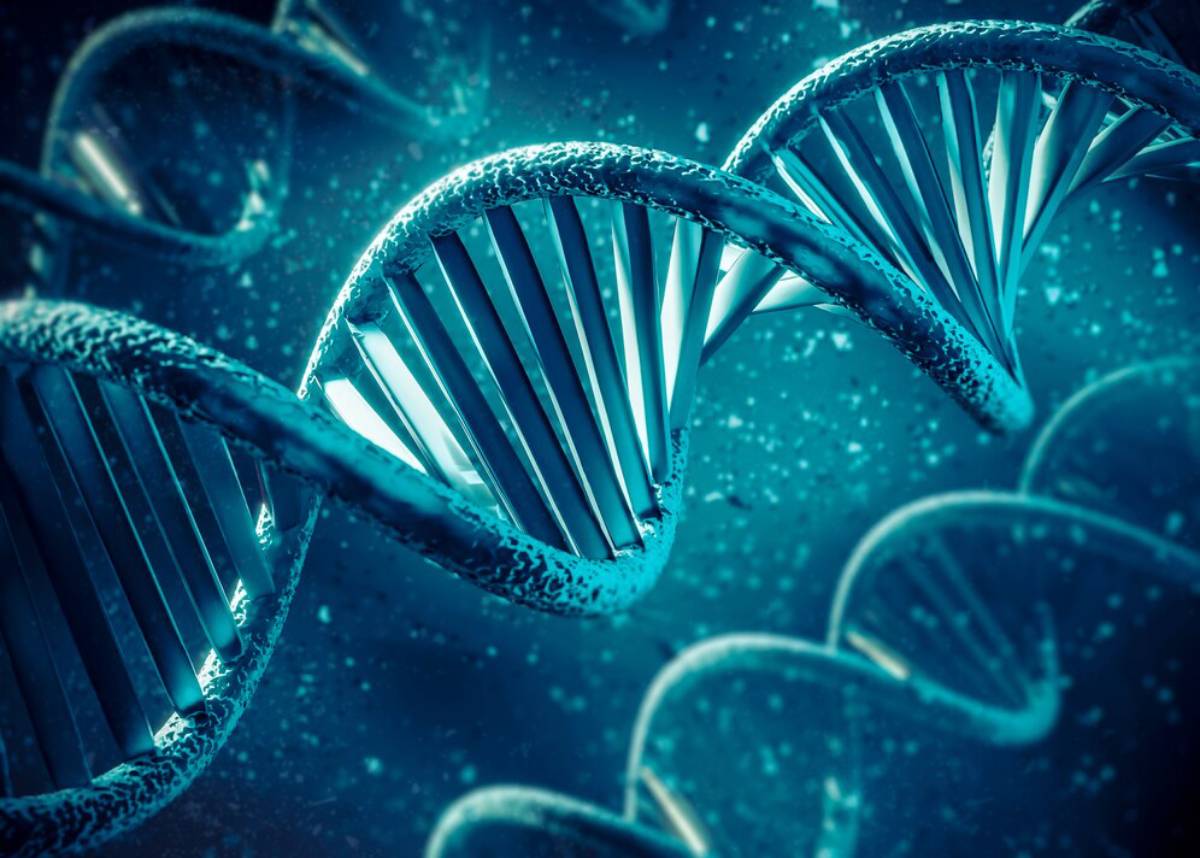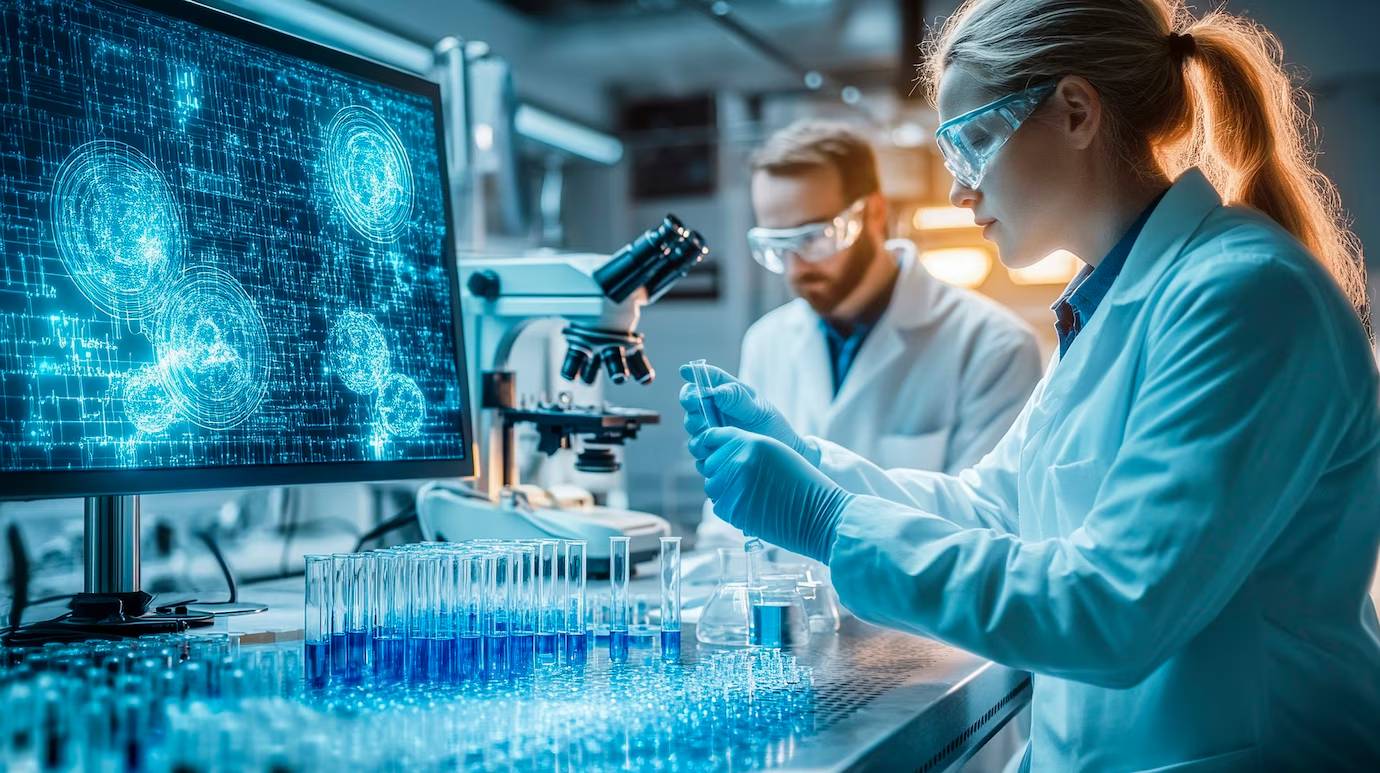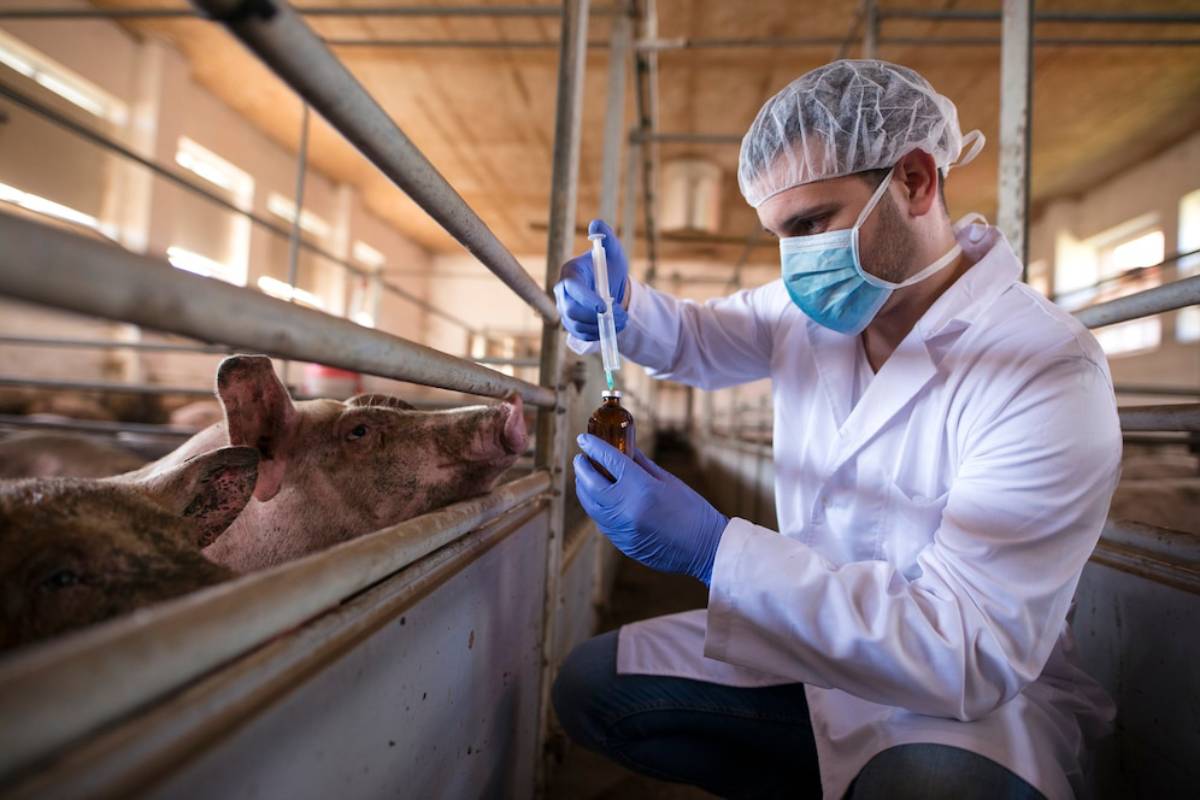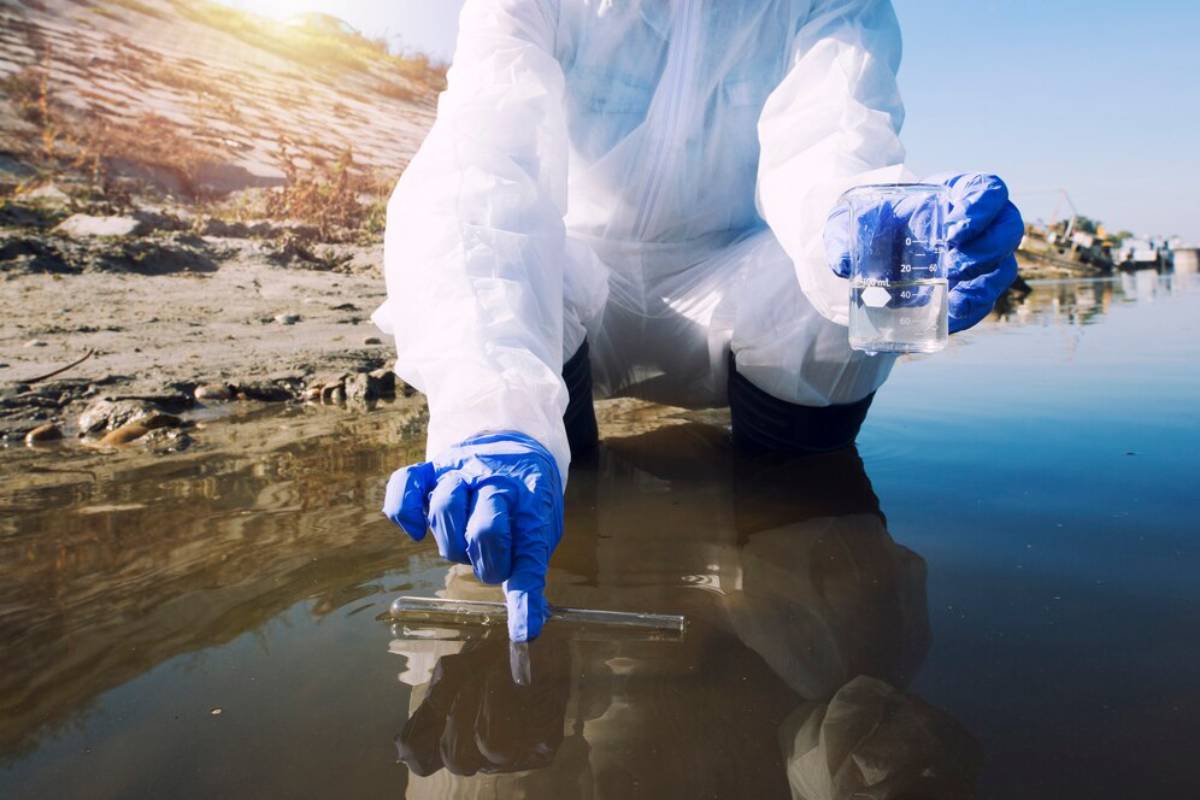
Using Microbes to Clean Polluted Oceans
Our oceans, often referred to as the lungs of our planet, are facing unprecedented levels of pollution. From plastic debris to chemical contaminants, the health of marine ecosystems is under severe threat. Pollution harms marine life and threatens human health. It also risks coastal economies and affects global climate systems. A new approach in environmental science, especially in biotechnology, is bringing hope.
This new strategy uses special microbes to clean ocean pollutants. These include crude oil, microplastics, and industrial waste. Bioremediation uses microorganisms to break down and neutralise contaminants. Using microbes to clean up pollution isn’t new, but doing it on a large scale in oceans is a big change. This article looks at how microbial biotechnology is changing ocean cleanup efforts. It also discusses what this means for the future of environmental sustainability.
Why It Matters: The Case for Microbial Ocean Cleanup
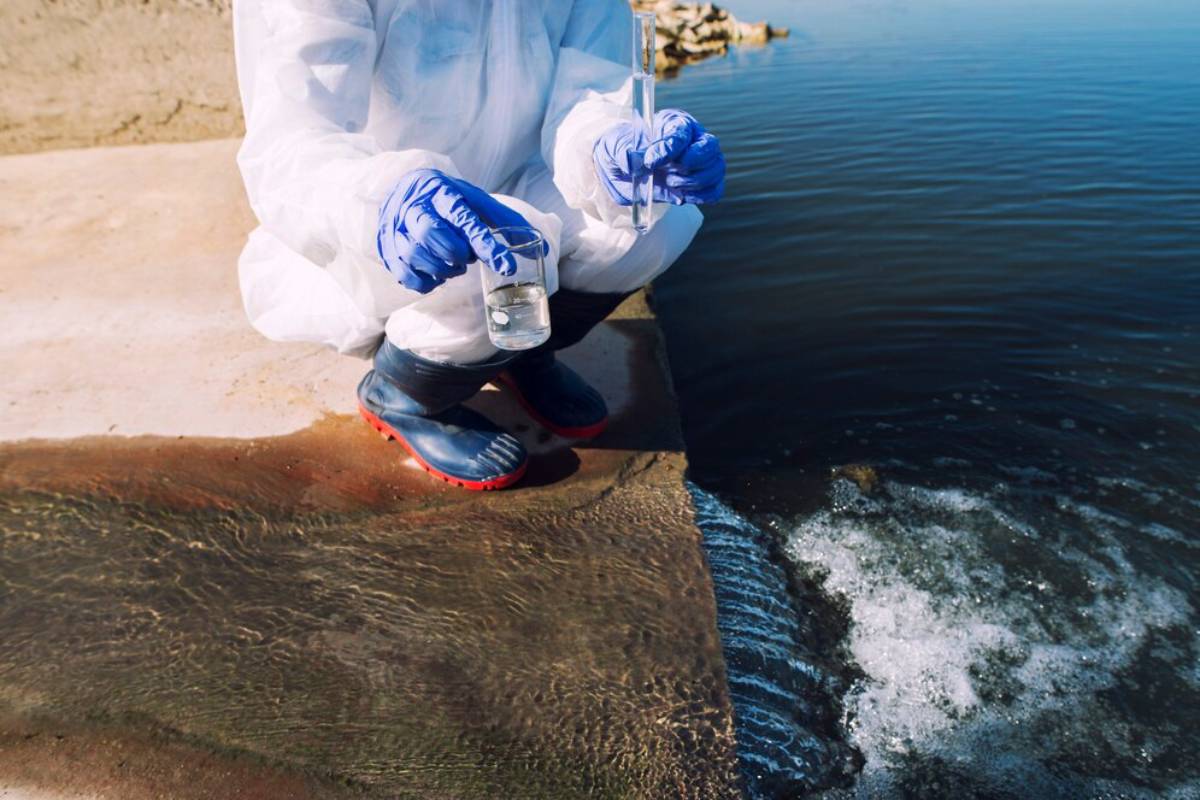
Using microbes for ocean cleanup is important because they can break down, detoxify, or absorb pollutants naturally and safely. Microbial solutions differ from traditional methods like chemical dispersants, skimming, or incineration. They fit well with marine ecosystems. They do not introduce foreign, often harmful, substances into the environment. They use existing biological systems to turn pollutants into harmless or useful compounds.
Oil-eating bacteria can break down hydrocarbons in crude oil. These bacteria include Alcanivorax borkumensis and Pseudomonas aeruginosa. They turn it into water and carbon dioxide. Some cyanobacteria and fungi can break down microplastics and heavy metals. These natural processes make microbial bioremediation a low-cost, low-impact, and highly scalable solution.
The scalability aspect is especially critical. Our oceans cover more than 70% of the Earth’s surface, and traditional cleanup methods simply cannot address pollution on such a vast scale. Microbial solutions can be easily replicated and used in different marine environments. Microbes reproduce fast and adjust to new conditions. This helps them take over polluted areas effectively. Microbial populations can thrive under the right conditions. Once they are established, they often need little outside help to keep cleanup efforts going.
Real-World Applications: Turning Science into Action
Microbial cleanup has great promise. Now, practical uses are showing its real potential.
One notable example is the use of microbes in the aftermath of major oil spills. After the 2010 Deepwater Horizon disaster in the Gulf of Mexico, scientists saw more oil-degrading bacteria. These microbes were key in lessening the spill’s impact. They broke down hydrocarbons much faster than we thought. Researchers have built on these observations. They are now developing microbial consortia. These consortia are specially engineered or chosen for better degradation abilities.
Another exciting development is in the field of microplastic degradation. Microplastics are hard to remove. Their tiny size and spread in the water make it difficult to use physical methods. Some marine bacteria can break down polyethylene and PET. Rhodococcus ruber and Ideonella sakaiensis are such marine bacteria. These are two common plastic pollutants. Scientists are engineering enzymes like PETase and MHETase from these microbes. They aim to boost their efficiency and stability in marine settings.
Researchers are testing floating microbial platforms. These are biotechnological rafts filled with microbes that break down pollutants. They drift with ocean currents and passively target polluted areas, like the Great Pacific Garbage Patch. These platforms run on solar power and can sustain themselves. They show a blend of eco-friendly biotech and smart engineering.
Best Practices and Common Pitfalls
Microbial ocean cleanup shows great promise, but using these solutions well needs careful planning and scientific precision. Not all microbes work well with every contaminant or environment. Using them without care can cause ecological imbalances or other problems.
Selection and Matching of Microbial Strains
One of the most critical steps is the selection of appropriate microbial strains. The chosen microbes must be compatible with the specific type of pollution as well as the local marine ecosystem. Misapplication can cause microbes to not work or, even worse, disrupt marine communities. Local testing and specific microbial profiling are key. They help ensure ecological compatibility and effectiveness.
Monitoring Microbial Activity
Equally important is the ongoing monitoring of microbial activity. Microbes are usually harmless. But when some grow too much, they can deplete oxygen in water. This can also push out other marine species. Regular assessments with biotechnological tools like biosensors and genomic analysis help track microbial health, population changes, and pollutant breakdown rates.
Avoiding Overreliance
Another common misconception is that microbial cleanup is a “silver bullet” solution. These methods are strong, but they need to be part of a bigger plan.
This plan should include:
- Reducing sources
- Better waste management
- Tougher pollution rules
Only using microbial solutions won’t fix ocean pollution in the long run. We need to tackle the root causes too.
Cutting-Edge Insights: Engineering Microbes for Efficiency
Modern biotechnology is providing tools to significantly enhance the natural abilities of microbes. Genetic engineering, synthetic biology, and systems biology are used to make “designer microbes.” These microbes have improved pathways for breaking down pollutants. These advanced microbes can be tailored to:
- Survive in extreme marine conditions (e.g., high salinity, low temperature, high pressure)
- Degrade a wider range of contaminants, including persistent organic pollutants (POPs)
- Produce non-toxic by-products
- Self-regulate their population through built-in kill switches or quorum-sensing controls
One new area is using CRISPR gene editing to improve how microbes break down plastics. This lets scientists adjust genetic sequences that control enzyme production. It speeds up and broadens degradation capabilities.
Another innovation is the creation of microbial consortia. These are systems with different species of microbes that work together. This imitates natural ecosystems. It often leads to a quicker and more thorough breakdown of complex pollutants.
Also, combining microbial cleanup systems with digital technologies could change everything. AI monitoring, drone deployment, and real-time data analytics can make these solutions easier to use and manage. Smart systems can adjust to changing conditions. They optimise microbial activity for the best results.
The Role of Policy and Global Collaboration
Microbial ocean cleanup shows great promise. However, its success relies on supportive policies and international teamwork. Regulatory bodies must set safety rules for releasing engineered microbes into nature. This will help reduce ecological risks.
Funding is another critical factor. Large-scale microbial cleanup may need a big upfront investment. But, the long-term savings in restoring the environment and health costs make it a smart choice. The public and private sectors need to work together. They should support research, pilot projects, and scaling globally.
Education and public engagement are also crucial. To build trust, we need to raise awareness about microbial solutions. This will also encourage responsible use. This includes understanding both their benefits and limitations. Community-led projects, citizen science programs, and open-access data sites can help locals join and support marine restoration.
Conclusion: Embracing a Biotech-Driven Blue Future
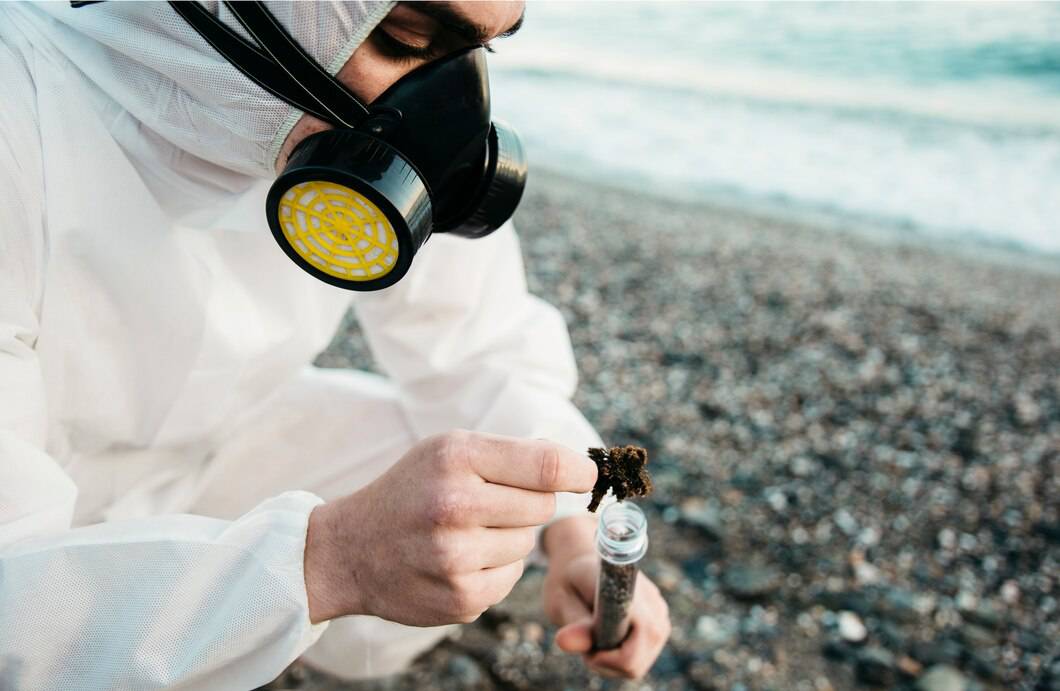
Using microbes to clean polluted oceans is a bold and new way to fight environmental damage. This approach is not just a scientific marvel. It’s a practical, scalable, and sustainable strategy for restoring the health of our planet’s most vital ecosystems.
We are starting to change ocean conservation by using nature’s smallest engineers—microorganisms. Microbial bioremediation is changing fast. Thanks to biotech and data science, it’s moving from experiments to a key part of global environmental policy.
However, to unlock its full potential, we must adopt a multi-pronged approach. This means we will keep investing in scientific research. We will also ensure responsible governance and reduce our reliance on polluting practices. Finally, we will involve communities in conservation efforts.
The oceans have given humanity so much—climate regulation, food, culture, and beauty. It is now our turn to give back, using every tool at our disposal, including the remarkable power of microbes. With the right mix of science, policy, and public support, we can achieve a cleaner, healthier, and stronger marine future. It’s not just possible; it’s within reach.
